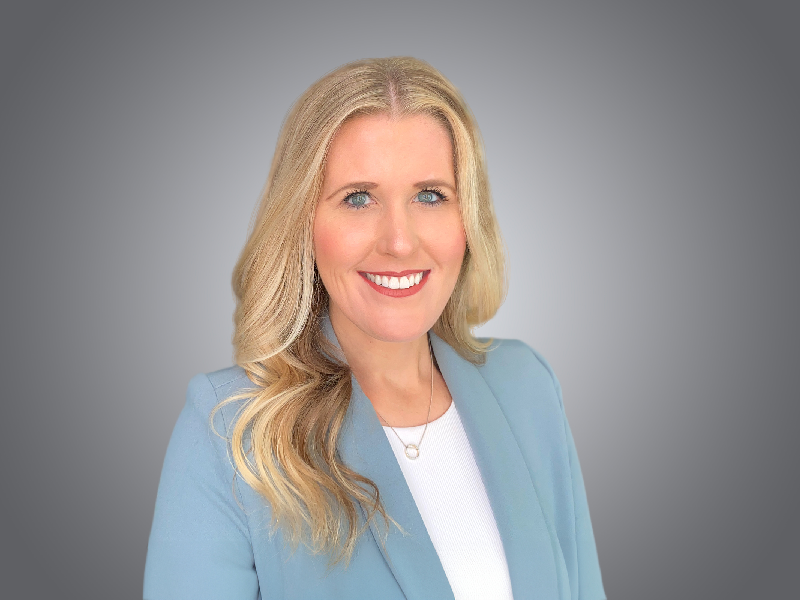The Boulder Fund grant will allow Mass Insight to pilot a new program targeting middle school readiness. May. 22, 2025 –Boston– Mass Insight Education & Research’s President and CEO, Andrea Wolfe, has been selected in the 2025 cohort of Education Leaders of...
Two Ways to Maximize ESSER 2 Funds
New federal dollars being sent to school districts are creating lots of opportunities for school leaders and educators. Districts will soon have access to financial resources they desperately need. But now comes the hard part: maximizing the dollars for the greatest impact for students. Two things matter a lot to do this well—building capacity and ensuring coherence.
1. Building capacity.
Maximizing the incoming financial resources for long-term impact is an important and ongoing conversation for leaders centered around two strategic questions:
- How do we ensure our decisions and investments now, pay dividends for years to come?
- How do we address our most urgent needs without losing sight of our most important needs?
One answer: build internal capacity. Developing people, establishing talent pipelines, and improving processes are common examples of building internal capacity. And with additional money to do so, the opportunities to innovate are significant. Investing in the growth and development of people within the district who will stay in the district is one way to maximize dollars for the long-term.
2. Ensuring coherence.
Coherence is the second key factor. As we have seen in the past, a foreseeable risk is generating multiple, uncoordinated efforts without a plan to monitor their impact. We’ve all seen “random acts of improvement.” Even in the best-intentioned scenarios, incohesive efforts often don’t see the traction or progress hoped for.
An alternative approach is to develop a theory of action for improvement first and align resources behind it. Getting clear on what the goal is and what it will take to get there (informed by a root cause analysis) often creates the type of coherence necessary to allocate resources and maintain focus to realize actual change.
A theory of action for improvement can exist at multiple layers of the system. For example, different theories of action could be developed for:
- improving central office supports to schools
- improving equitable outcomes for historically marginalized students
- improving school facilities
- improving authentic engagement with stakeholders
- improving Tier 1 instruction across the district
In any case, what is most critical is determining a need, identifying root causes, and defining a theory of action. This approach provides a framework and the focus to maximize dollars and efforts towards an important goal.
Put another way, coherence is about ensuring resources are rowing in the same direction. And in doing so, we can reasonably predict better outcomes because of it.
It is an exciting, historic, and monumental time for school districts around the country. The decisions made over the next 6-12 months will impact an entire generation of students. This is the moment to be strategic and bold in building capacity and ensuring coherence.
Mass Insight has supported districts across the country in building capacity and ensuring coherence for the past two decades. Click HERE to learn more. We would be happy to discuss our customized services to meet your needs.

Recent Posts
Cybersecurity Event Introduces Students to Cyber Careers
For the 5th year in a row, Mass Insight Education & Research is hosting the Cybersecurity and You Workshop to introduce Advanced Placement® (AP) STEM high school students to cybersecurity scenarios and concepts as well as postsecondary education and career paths....
Adolescent Literacy Crisis: IES Guide In Action – Webinar
What does the evidence say about how schools can improve the adolescent literacy crisis happening in our country? In this webinar, we explore the Institute of Education Sciences Reading Intervention Guide for Grades 4 through 9, found here, and diving into two of the...
You may also like
An Interview with Mass Insight AP Students and their Teacher
https://youtu.be/mQTeW8-sX40 We sat down with two Mass Insight AP STEM & English Program students, Ben and Chris-Ander, and their teacher, William Pellegrino, to hear about their educational journeys, their experiences in AP classes and as vocational students, and...
An Interview with Kristen Hengtgen of The Education Trust
https://youtu.be/1ZfxNShHJOU?si=d1a1GoVrgrDWT5Cu Kristen Hengtgen, Ph.D. is a senior analyst on The Education Trust's P-12 policy team and co-author of their new report, Increasing Access to Advanced Coursework in Massachusetts. In this interview, she joins Mass...
Creating the conditions for greater success of systemically disadvantaged students in AP: Next steps for the Massachusetts AP STEM & English program
Recently the New York Times published an article entitled, Why is the College Board Pushing to Expand Advanced Placement? The article focuses on an important issue: there’s been greater growth in AP participation for Black and Latino students and students living in...



